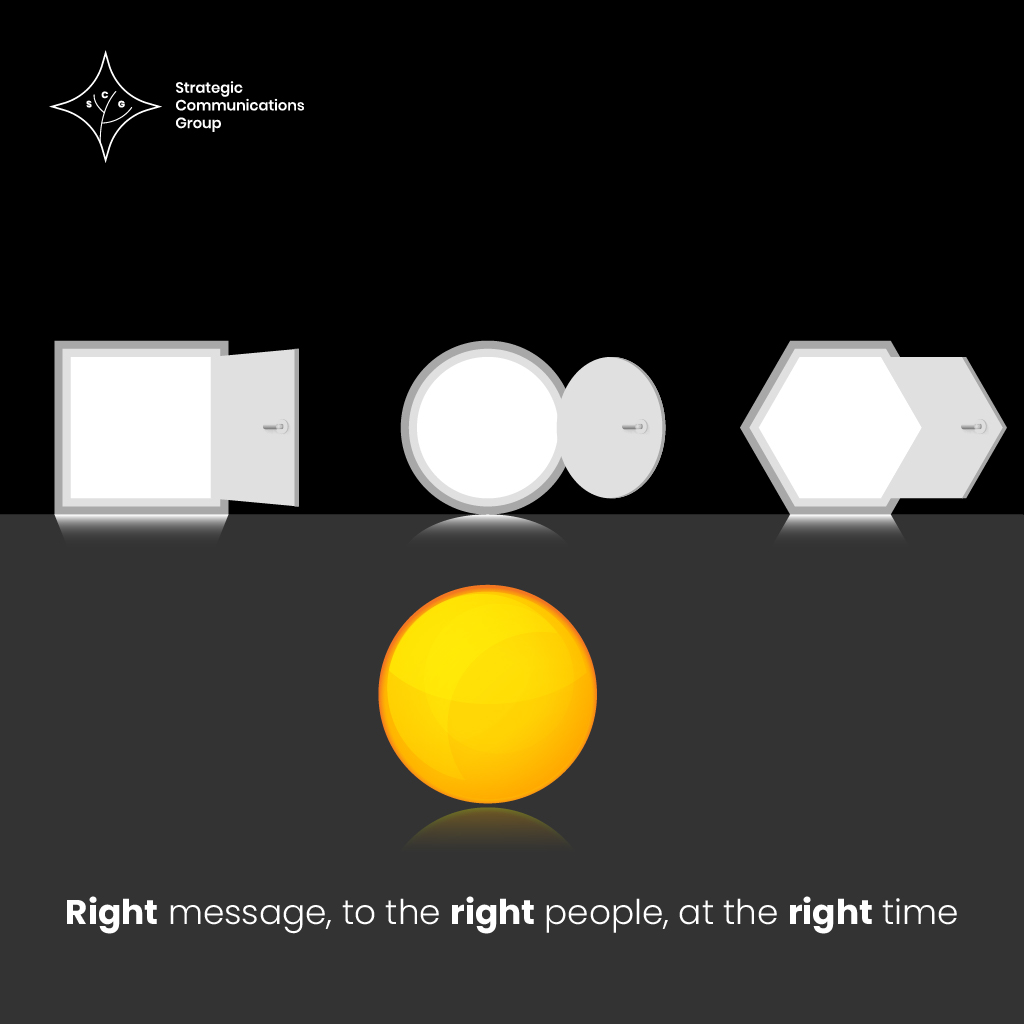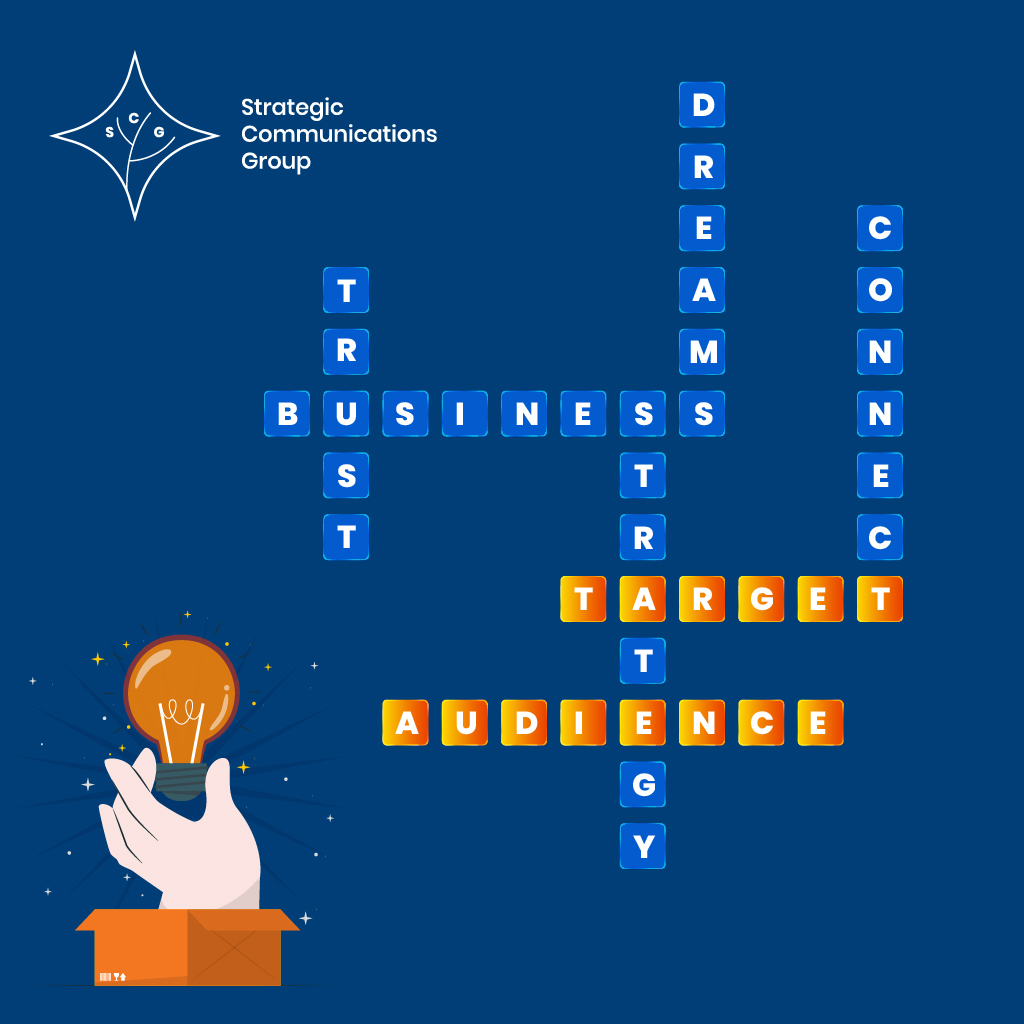In the dynamic dance that is marketing and public relations (PR), understanding your target audience is akin to mastering the rhythm of the music. It’s about moving in sync with their needs, their preferences, and their expectations. It’s about knowing when to lead and when to follow, when to make your move and when to hold back.
But who exactly is this elusive ‘target audience’?
Target audience refers to the specific group of people that your brand aims to reach. These are the individuals who are most likely to be interested in your product or service, the ones who are most likely to convert from casual browsers to loyal customers. They are the heart of your business, the pulse that keeps the rhythm of your marketing and PR efforts alive.
But understanding your target audience involves more than just knowing who they are.
It’s about understanding their motivations, their desires, their fears.
And it’s about seeing the world from their perspective, taking a walk in their shoes. It’s about aligning your marketing and PR efforts with their needs, creating a harmonious dance that benefits both parties.
Understanding this rhythm is the first step towards creating successful marketing and PR campaigns and programmes.
Why is it important to know your target audience?
It’s all about efficiency and effectiveness.
Knowing your target audience allows you to tailor your marketing and PR strategies to meet their specific needs and preferences.
It’s about delivering the right message, to the right people, at the right time.
This increases the likelihood of your message being well-received, and maximises the return on your marketing and PR investments.
Understanding your target audience can help you identify new opportunities for growth. It can shed light on unmet needs, emerging trends, and potential areas for expansion.
It’s about staying one step ahead of the game.

Sidebar: The psychology behind audience behaviour
Understanding the psychology behind audience behaviour is a crucial aspect of marketing and PR. It’s about delving deeper into the minds of your target audience to understand what drives their decisions, influences their perceptions, and motivates their actions.
Psychology is the science that studies human behaviour. As a discipline, it can be helpful to apply it to the world of marketing and PR to help improve the sales of a product or service. Psychological factors such as attitudes, beliefs, motivations, and emotions can greatly influence how your target audience perceives your brand and responds to your marketing and PR efforts.
For example, research suggests that the physical aspects of online content we see — including people, images, and even colours — can influence how we relate to the content itself. This understanding can be leveraged to create content that are more likely to resonate with the target audience and lead to desired outcomes.
In essence, the psychology behind audience behaviour is about understanding the ‘why’ behind consumer actions.
It’s about getting to the heart of what makes your audience tick and using this understanding to inform your marketing and PR strategies.
Working with target audiences: Grouping
Grouping audiences is a strategic approach that involves segmenting your target audience into smaller, more manageable groups based on shared characteristics. This could include factors such as age, gender, income, location, interests, behaviours, and more.
The goal of audience grouping is to create a more personalised and targeted marketing and PR strategy.
By understanding the unique needs and preferences of each group, you can tailor your message to resonate more deeply with them. This not only increases the effectiveness of your campaigns, but also enhances the overall customer experience.

Identifying your target audience
Identifying your target audience is a critical step in the marketing and PR process. It involves conducting market research to gather data about your potential customers, analysing this data to identify patterns and trends, and using these insights to define your target audience.
The process of identifying your target audience can be broken down into several steps. These include defining your product or service, conducting market research, analysing your competitors, segmenting your market, and finally, defining your target audience.
Attracting, engaging with, and measuring the engagement with your target audience
Attracting your target audience is all about capturing their attention and piquing their interest. This involves creating compelling marketing and PR campaigns that resonate with your audience and motivate them to engage with your brand.
There are numerous tactics and strategies you can use to attract your target audience. These could include content marketing, social media marketing, influencer marketing, SEO, email marketing, and more. The key is to choose the tactics that are most likely to resonate with your target audience and align with your overall marketing and PR goals.
Engagement is the key to building strong relationships with your target audience. It’s about creating meaningful interactions that provide value, foster trust, and build loyalty.
Engaging with your target audience involves more than just pushing out content.
It’s about creating a two-way dialogue, listening to your audience’s feedback, and responding in a timely and meaningful way.
And it’s about showing your audience that you value their input and are committed to meeting their needs.
Measuring engagement is a crucial part of any marketing and PR strategy. This is about tracking the effectiveness of your campaigns, assessing the impact of your efforts, and using these insights to refine your strategies.
There are numerous metrics you can use to measure engagement, including website traffic, social media likes and shares, email open and click-through rates, and sales conversions. The key is to choose the metrics that best align with your marketing and PR goals and provide the most meaningful insights into your audience’s behaviour.
Understanding your target audience is not just a business strategy, but a journey into the minds and hearts of your customers.
It’s about recognising their needs, their desires, their fears, and their dreams.
And creating a connection that goes beyond the transactional and enters the realm of the emotional.
By honing your skills in working with target audiences, communicators can create marketing and PR campaigns that resonate on a deeper level, fostering a sense of trust and loyalty that creates a win-win relationship between the brand and the customer.
Join our new Run Your Own Marketing (RYOM) community at http://www.strtgcommsgrp.com/ryom.
We provide tools + resources (templates, guides, etc.), training, and solution-ing (process, curation, etc.) as well as a peer community to learn with, and to support you establishing a successful brand and business – regardless of whether you are a marketing specialist, communicator or a team member tasked to deliver the scope.
We share information like the article or post you have read, but in more detail and with more guidance on the steps.
With over 20+ years in the industry, we have created frameworks, methods and content that enable you and/or your team to deliver business outcomes relating to revenue, entry, scale, and expansion.
Here are 3 ways we support brands and communicators:
- Solutions and community: We support communicators and marketing specialists through RYOM with how-to and done-for-you tools, resources, workshops, and a hybrid system of in-person training and a cloud-based learning management system. Our proprietary content, and tools help communicators level up both skill sets and competencies, while solving current communications and marketing challenges.
- Business matching: We act as a middleman to match brands, agencies and contractors based on specific PR and marketing needs and outcomes.
- Consultancy and enablement: My team supports brands and agencies with a plug-and-play strategy and execution solution.
Set up a meeting with us if you are looking for to deliver growth outcomes for your organisation, brand or team.
And subscribe to join over 1,500+ communicators and brands getting value every Tuesday while reading A Communicator’s Perspective, our weekly newsletter.